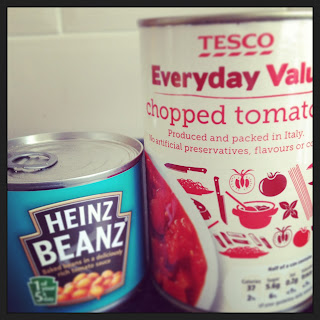 |
| Gluten free snacks |
Gluten
is a protein composite ingredient found in wheat and other grains. One in every
hundred people living in the UK is intolerant to it, and this condition is known
as “coeliac disease”. The digestive system is unable to break down any amount
of gluten and so consumption causes digestive issues such as nausea, diarrhoea
and stomach cramps. Long-term effects of undiagnosed or untreated coeliac
disease include infertility and nutrient deficiencies.
The
only treatment is a completely gluten-free diet. Although very effective, it
can be difficult in practice because the condition is not universally acknowledged.
Unfortunately, gluten is found in common foods such as bread, pasta, cereals
and cakes. Surprisingly, most brands of oven chips and sausages have added
gluten, as do beer, soy sauce, ketchup and ice cream, to name a few. These foods
should be avoided, or replaced with gluten-free alternatives.

In
overseas markets, a gluten-free diet is catered for almost as readily as
vegetarianism. In the UK, coeliac sufferers find it hard to eat out in
restaurants and on-the-go, as gluten-free food is not very affordable or widely
available. Many people are restricted to eating salads for lunch in the city, since
most mainstream brands and companies are unaware of the demand for gluten-free
products. Coeliac disease is slowly becoming more widely understood and
accounted for in British culture but we are still far behind places like
America and Europe. It really should be much simpler for coeliac sufferers to
maintain a healthy diet.

There
are already a few gluten-free alternatives to bread, pasta, cereal, biscuits
and cake available in the UK, produced by brands like Dove’s Farm and Genius. There
are also a few other established brands like Mrs Crimbles and Eat Natural whose recognisable logos make shopping a bit
easier. Waitrose, Marks and Spencer Asda provide the biggest product ranges
that are also labelled as gluten-free. South Londoners can also shop at smaller
chains like Whole Market Foods in Clapham, which sells many gluten-free products, and check out Planet Organic in central London.
People
with coeliac disease can also obtain gluten-free food on prescription from the
NHS, available through your doctor. The foods on offer are generally dietary
staples such as bread and pasta, rather than biscuits and cake items, and the list
has been agreed by a body called the Advisory Committee on Borderline
Substances (ACBS). Make sure you’ve
approached your GP about this option if you are a sufferer.
 |
| Widely recognised gluten free symbol |
You can find many useful sources
of information via the internet written by coeliacs themselves. Blogs like
Gluten Free Guerrillas and Gluten Free London offer reviews and lists of coeliac-friendly restaurants, shops and
recipes in an accessible format.
Please
visit www.coeliac.org.uk for lots of reliable information and advice. If you think you
might have undiagnosed coeliac disease, please make an appointment with your GP
to confirm or rule it out as soon as possible.
By Catherine Heath


